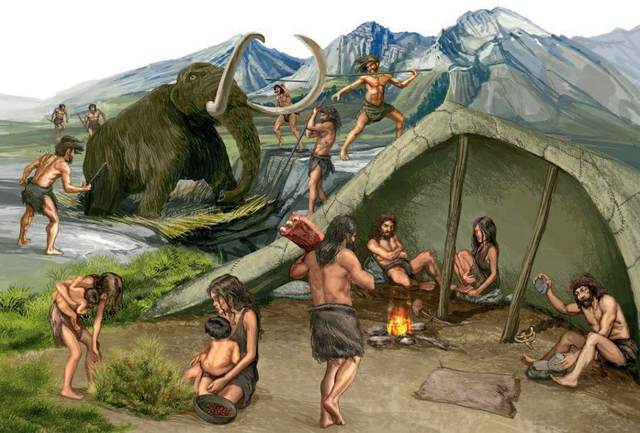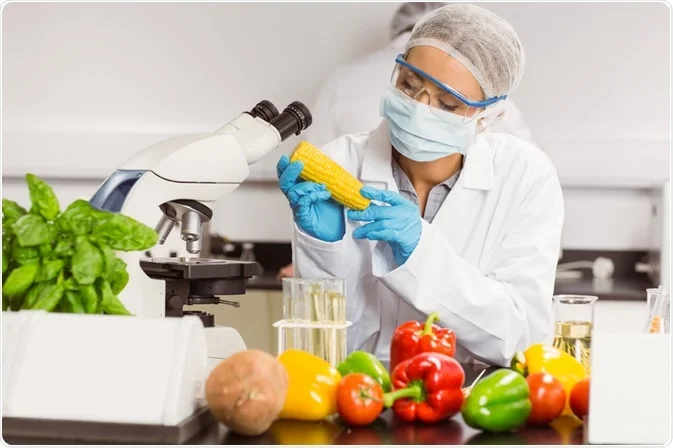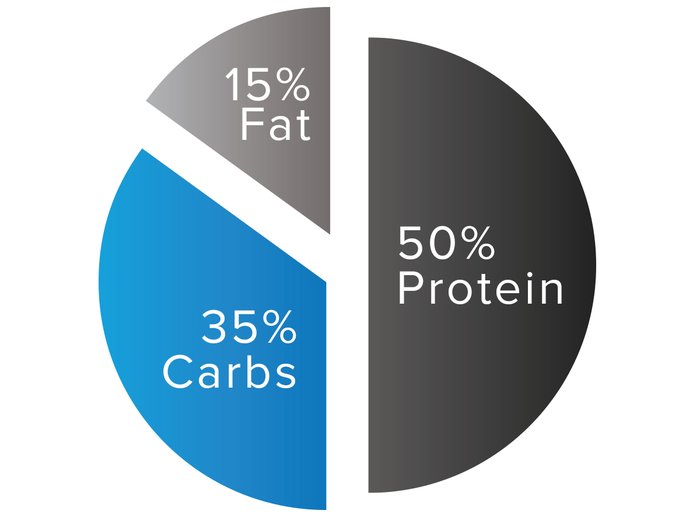FOOD
We need to better understand how food systems will affect diets, nutrition, and health outcomes in different contexts, under different drivers, with different political and societal transitions, and the potential implications for environments and overall planetary health. Currently, there is a growing body of scientific effort in this space, but we need to ensure the generation of evidence includes a “nutrition lens” and disentangles the bidirectional relation between the environment and human diets, nutrition, and health. We also need to go beyond just understanding associations and impacts to also understanding levers of change within food systems and how to operate them.
HISTORY OF FOOD

- TIMELINE
- ANCIENT
- MEDIVAL
- MODERN
- REGION-WISE
There is a long, tangled history of discussions, definitions, and metrics around sustainable diets. Rachel Carson’s influential Silent Spring, published in the 1960s, highlighted the human footprint on the environment, and Francis Moore Lappe’s Diet for a Small Planet politicized the impact of large-scale animal production on natural resources. Joan Dye Gussow’s work on “ecological nutrition” in the 1970s stressed the unsustainable nature of the United States food systems. Since that time, a growing body of literature has bridged the disciplines of public health, environmental sciences, and ecology.
FOOD STUDY AND SCIENCE

- FOOD STUDY
- FOOD SCIENCE AND TECHNOLOGY
- FOOD SECURITY
- FOOD ADDICTION
- FOOD AND NUTRITION
- SOCIOLOGY
We need to better understand how food systems will affect diets, nutrition, and health outcomes in different contexts, under different drivers, with different political and societal transitions, and the potential implications for environments and overall planetary health. Currently, there is a growing body of scientific effort in this space, but we need to ensure the generation of evidence includes a “nutrition lens” and disentangles the bidirectional relation between the environment and human diets, nutrition, and health. We also need to go beyond just understanding associations and impacts to also understanding levers of change within food systems and how to operate them.
FOOD TIMINGS

- MORNING
- AFTERNOON
- EVENING
- NIGHT
Consistent meal timing plays a crucial role in helping our bodies develop those reliable hunger cues so that we are better able to identify and respond to them in a way that suits our body’s needs. Consistent nourishment builds trust with your body by letting it know that you are able to nourish it regularly.
TYPES OF FOOD – FOOD CHAIN
TYPES OF FOOD – PARAMETER-INGREDIENTS

- MAIN INGREDIENTS
- PROTEIN
- TYPES OF PROTEIN
- WORK OF PROTEIN
- PROTEIN IN FOOD
- PROTEIN – RESERCH PAPERS
- CARBOHYDRATES
- FATS
- TURN PROTEIN INTO CARB- FAT
- MINOR INGREDIENTS- VITAMIN- MINERAL
- MINERALS – IN THE SCIENCE SECTION
- MINERAL DEFICIENCIES – IN THE SCIENCE SECTION
- FAMOUS FOOD ITEMS- SPECIAL NAME
- NICKNAME OF SOME DISHES
- NATIVE COUNTRY BY FOOD
Variety in food ensures that we eat healthy food and find different options so as to maintain a balanced diet while not getting bored with eating. It also ensures that we get all the nutrients that our body requires to function properly.
TYPES OF FOOD – QUALITY
- TYPES OF FOOD
- FOOD GLOSSARY
- FOOD SCALES
- TYPES OF FOOD
- TYPES OF FOOD – DIET
- TYPES OF FOOD – RELIGION
- TYPES OF FOOD – QUALITY
- QUALITY OF FOOD – GOOD
- FRESH FOOD
- QUALITY OF FOOD – BAD
- QUALITY OF FOOD – SCRAPE
- QUALITY OF FOOD – TASTE
It is an important food manufacturing requirement because food consumers are susceptible to any form of contamination that may occur during the manufacturing process. Food quality also deals with product traceability, (e.g., of ingredient, and packaging suppliers), should a recall of the product be required.
FOOD SAFETY: The International Organisation for Standardization identifies requirements for a producer’s food safety management system, including the processes and procedures a company must follow to control hazards and promote safe products, through ISO 22000.






